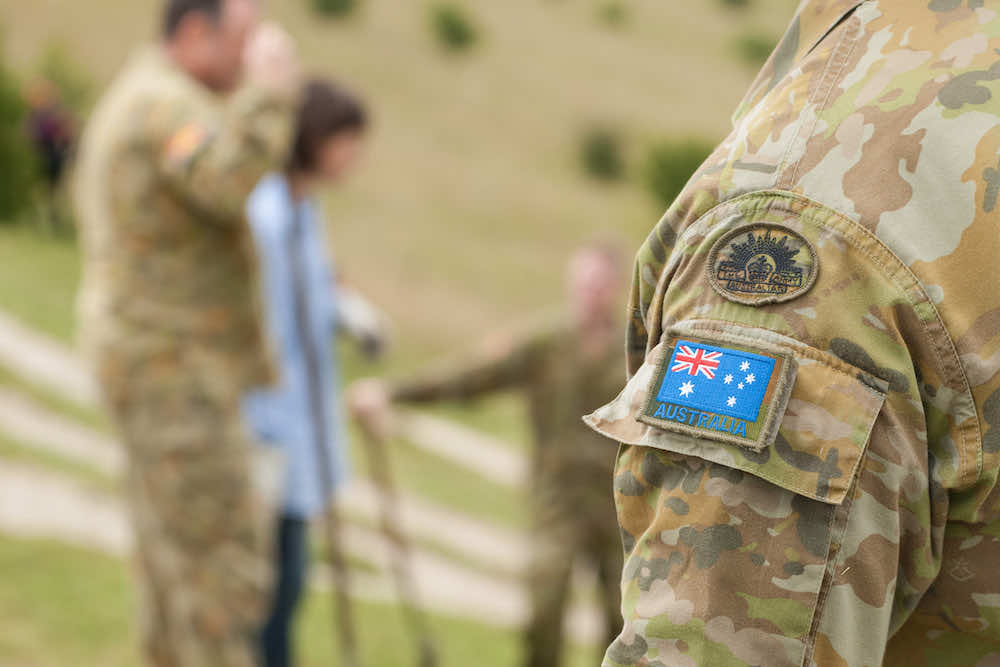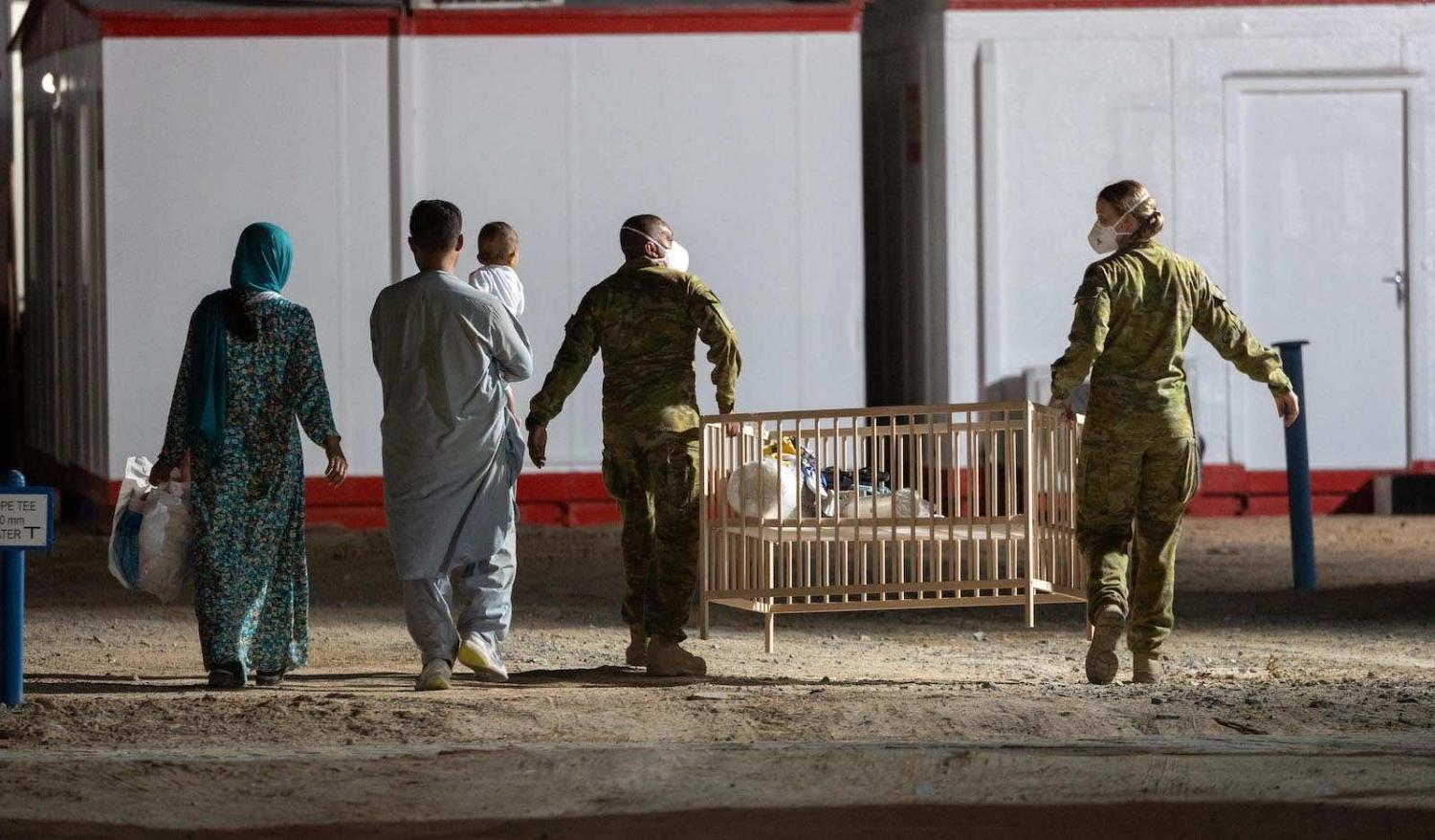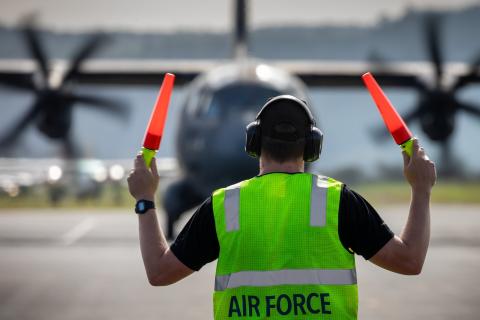Events this year have meant that uniformed members of the Australian Defence Force are more visible to the public than ever. But they are also more vocal. When Kabul fell to the Taliban last week, public messages of frustration and despair included members of the ADF. Understandably, having spent the last 20 years on operations in Afghanistan, military people are sombre, and they took to social media and other online forums and to express their grief.
But members of the ADF have been vocal on other matters too. Now we are seeing ADF members as ethicists, agents for social change, humanitarian and gender activists, and leaders in creative thinking. Online commentary pages such as Grounded Curiosity, The Central Blue, and Chesterfield Strategy invite serving members to “discuss”, “challenge” and “debate” the profession of arms. Podcasts run by serving members such as The Voices of War, The Dead Prussian, and WarriorU are also public platforms that sit outside the ADF, but nevertheless, involve its members.
What we are seeing is a kind of social and civic participation by military people and potentially powerful.
This kind of civic participation was not always encouraged in the professional force, in which military members have largely been prohibited or discouraged from making public comment. The proliferation of online platforms for institutional learning, need for digital communication and social media networks have led to new media policies in Defence which now allow members to have an online public presence. Through these platforms, military members can share discussion about their priorities, interests and perspectives, and the rest of the community can witness their engagement with society. At its best, what this facilitates is an alignment of defence values with societal ones.
The veterans have led the way somewhat. As a large, demobilised post-war community, they have re-mobilised to articulate their needs, call for restitution and look after each other, and they used public platforms to do so. What we are seeing is a kind of social and civic participation by military people and potentially powerful. It is social movement, change, accountability. At its heart, it’s political, but not partisan. This is the new citizen soldier.

The citizen soldier is the historical foundation of the Australian military “digger” – an amateur answering the call of King and country, but well embedded in the community. The Aussie digger seems to be the government and media’s preferred symbol of national character, but over the last hundred years or so, it has taken several forms.
During the wars at the turn of the 20th century, the military digger was a willing “volunteer” and “adventurer” – and always male. In the Second World War, working men and women from all professions and trades became the first true “citizen soldiers”. The Vietnam war saw the introduction of “Nashos” and the beginning of the modern regular recruit. The combined ADF came to be in 1973 and established the “peacetime professional”. In the 1990s, the “peacekeeper” took centre stage as the international version of the digger, and the millennium has ushered in a new version – the “activist warrior”. Like the rest of their generation, this is a highly educated, networked, socially aware and entrepreneurial individual.
Nonetheless, this new version of the digger forms a counterpoint to the modern professional, who appears to be niche marketed, highly skilled and subscribes to a corporate culture. The activist warrior, on the other hand, with their benevolent impulses and global public platform, is the new citizen soldier. Both are the antithesis of the institutional recruit who is the basis for any national conventional force.
This does not have to be a problem. If the citizen soldier is the traditionally preferred model, then this new version should be a welcome development and may forecast a closer relationship between the ADF and Australian communities – something the Defence Associations representing members have long called for. Public opinion polls since the Second World War confirm that public support of Defence continues to rise, but support of Defence spending continues to fall. From this, it might be concluded that it is the people within Defence who hold the public trust, and if so, then the new citizen soldier is a worthy representative.

